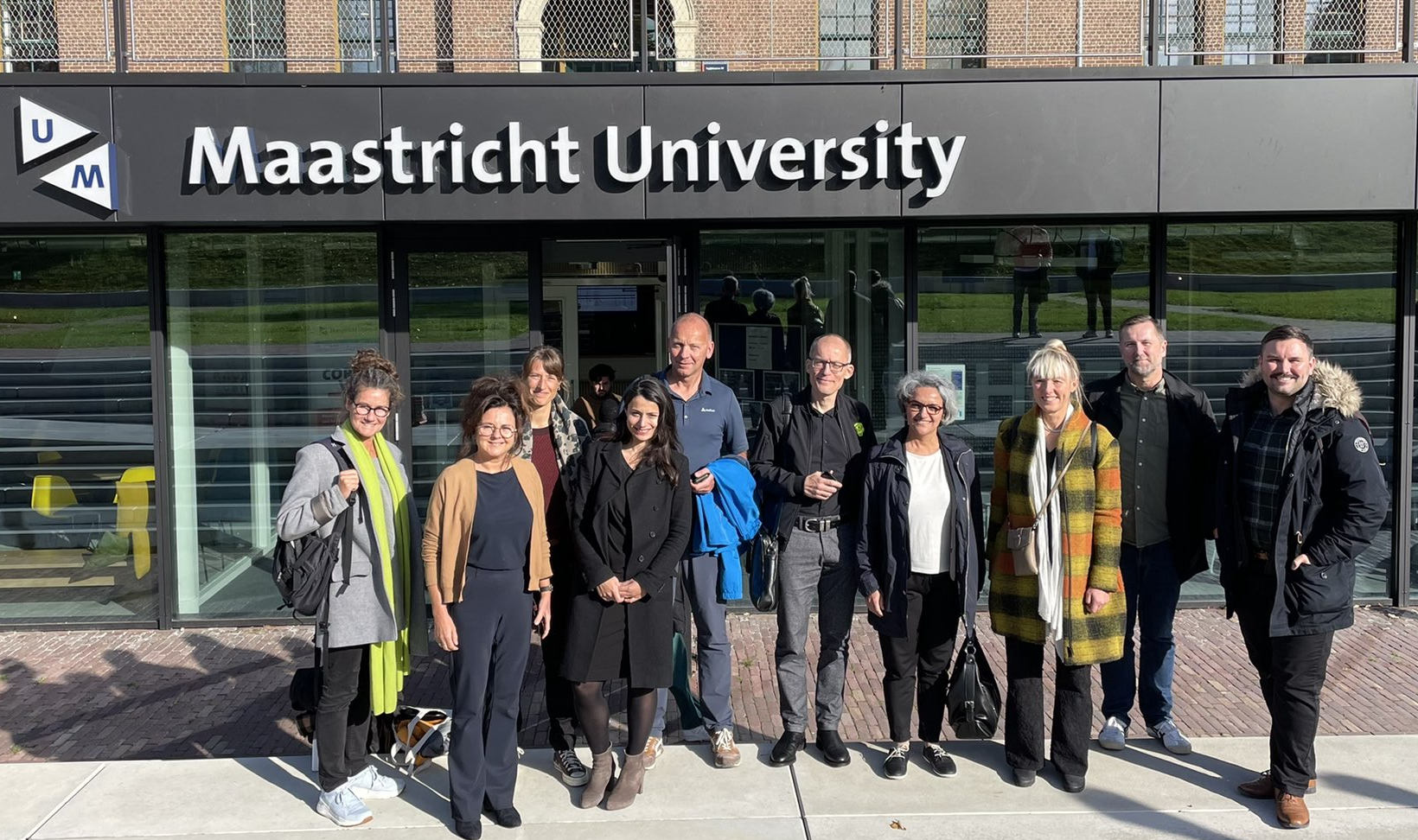
Why we do citizen science
From October 26-29, 2021, a handful of representatives from SDU and OUH went to three Dutch universities to share knowledge and gather inspiration for new ways to broaden the research communication and open the university more for the broader public.
Why we do citizen science
From October 26-29, 2021, a handful of representatives from SDU and OUH went to three Dutch universities; Universiteit Maastricht, Leiden University, and Utrecht University, to share knowledge and gather inspiration for new ways to broaden the research communication and open the university more for the broader public.
The group consisted of Thomas Kaarsted, deputy director for Citizen Science Centre, Anne Kathrine Overgaard, head of division, Flemming Bridal, advisor for SDU SDG HUB, Vibeke Damlund, executive officer, Centre for Teaching and Learning, Najmeh Shaghaei, head of section, SDUB Internationalization, and DIAS Fellow James Rogers.
– I joined the SDU research trip to Holland so that I could learn more about Citizen Science and implementation of the SDGs from some of Europe’s leading universities. I was also able to connect with some of my own network in Utrecht who are working on drone and climate change related Citizen Science projects, DIAS Fellow James Rogers tells.
The hope is for maximum citizen involvement
The visits to Leiden, Maastricht, and Utrecht were extremely beneficial for James Rogers. The insight into some of the positives and the challenges of undertaking effective and meaningful Citizen Science work was very rewarding. He also was able to achieve insight in ensuring maximum citizen involvement at all stages of the project formation, implementation, and feedback. Not an easy task, but when implemented well, it can produce scientifically excellent results.
James Rogers elaborates:
– As part of my work at DIAS I am investigating ways to foster increasingly levels of interdisciplinary engagement among our researchers. The common methods we use as researchers are one way of findings common ground and interests across our fields of study. From the research trip to Holland, I learnt that Citizen Science can work as one of these ‘uniting methods’; a way for researchers to work together, but from different approaches, on socially important issues.
As a researcher who works on drone technology and security threats, James Rogers knows the importance of understanding public perceptions of policy and emerging technologies. At an academic level, therefore, it makes sense to engage with and learn from citizens about what issues matter and what the perceived challenges, threats, and insecurities are. On another level, James feels that as a resident of Denmark who works in a publicly funded university, it makes sense to spend time with and work with interested people within the society we are meant to be benefiting from our work.
– It is no good sitting in our ivory tower, we can only learn the real issues and perhaps solutions if we engage beyond the university, James Rogers explains.
– And of course we want to bring citizens in to the university to our welcoming home at the Danish Institute for Advanced Study. Did you know we have a public sculpture exhibition at the moment?